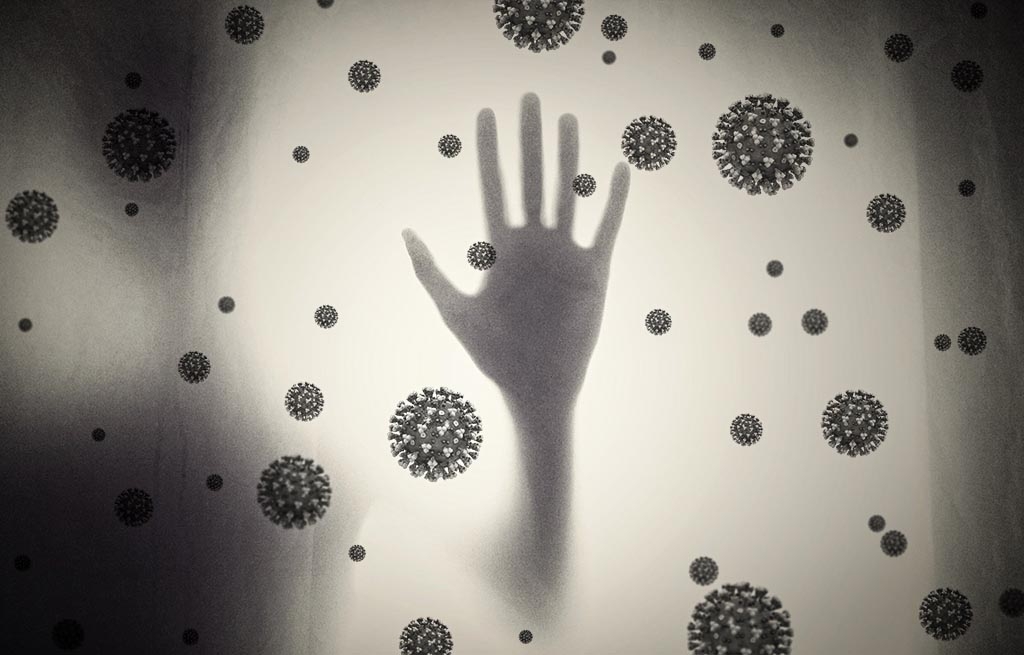The number of confirmed cases of Covid-19 in Slovenia stood at 319 at 2pm on Thursday, up by 33 in the last 24 hours. A total of 9,860 persons have been tested so far, up by 1,130 from Wednesday, meaning the number of people tested daily remains at slightly above 1,000. Hospitals are reportedly presently looking after around 40 Covid-19 patients.
While no new deaths have been reported since the first confirmed casualty on the weekend, the latest increase is slightly higher than on Tuesday and Wednesday, when it stood at 20 and 13 respectively.
With testing restricted to health and emergency workers, the elderly, those in hospital and people exhibiting more severe symptoms, the government has warned that the number of actually infected people is probably several times higher and strict social distancing measures remain in place.
Bojana Beović, the infectious disease expert affiliated with the government coronavirus crisis response team, told Radio Slovenija today that reports about infections were coming from around the country. The number of patients in hospital care was at around 40 today, an increase compared to previous days, as people whose symptoms have gotten worse are seeking hospitalisation.
Beović said “this is the start of something we will need to control with all our forces and we’re getting ready for this very intensively now”.
The country’s leading hospital UKC Ljubljana told the STA today that it was looking after 21 Covid-19 patients this morning, five of which in intensive care. UKC Maribor has 14, two of which in intensive care.
Beović said hospitals were ready, but some had not yet been admitting patients. The plan is to first fill the capacities at UKC Ljubljana, UKC Maribor and Klinika Golnik to only then gradually include other hospitals.
“Special isolated rooms, equipment and some experience is needed to work with such patients and it would not be wise to disperse this too much,” she explained.
Beović again defended the testing policy, saying Slovenia was among countries with the highest number of tests conducted per capita. “Our recommendations are entirely in line with those of the European Centre for Disease Prevention and Control (ECDC) and the draft recommendations of the European Commission,” she said.
“We are of course testing, but not those with the mildest symptoms, who can stay home, bar specific situations when we expect an aggravation,” she explained. She added the disease can also run its course feeling like a common cold and it was not feasible and even risky for everybody to immediately go to the doctor.
“We are actually testing more, but we’ve changed the focus of the testing,” Beović concluded.
Meanwhile, a group dubbed Young Doctors of Slovenia issued today a warning that the present measures for containing the virus in Slovenia were possibly not effective enough.
Presenting a simulation model that projects the potential spread of the virus in line with two scenarios, the group said around 500 hospital beds, of which 120 in intensive care, would be needed at what would be the peak of the outbreak in the first week of April if the current measures work.
If they don’t but are upgraded at the end of March to produce successful results, 18,000 patients would need hospitalisation in mid-April, of which almost 500 in intensive care, suggests the simulation, made by physicist Luka Medic in cooperation with medical doctor Sanja Zupanič.
The young doctors, who published the call on Facebook to stress every day matters, said that according to their knowledge Slovenian has 200 intensive care beds, with most already occupied without crisis conditions.

